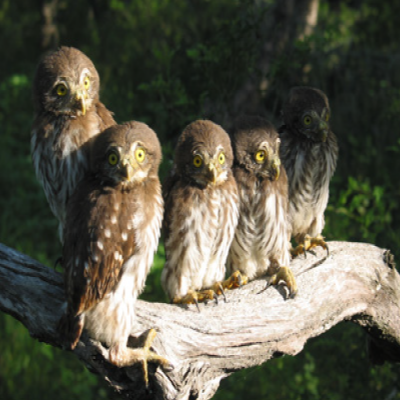
 A report published December 15 by the U.S. House Committee on Natural Resources finds that Endangered Species listings of 13 species since July, 2013, were based on questionable science, lack of transparency, conflict of interest, and withholding information for public comment.
A report published December 15 by the U.S. House Committee on Natural Resources finds that Endangered Species listings of 13 species since July, 2013, were based on questionable science, lack of transparency, conflict of interest, and withholding information for public comment.
By law, the Endangered Species Act (ESA) requires that decisions on whether to list a species as threatened or endangered must be based on the “best scientific and commercial data available.” That has not been the case in many recent listings.
Here are the conclusions from the study:
The Fish & Wildlife Service (FWS) claims that the science used to justify ESA listing decisions is the best available science in large part because it has undergone peer review.
Committee Majority oversight staff found numerous documented examples that call into question the independence, transparency, and accountability of the FWS’ peer review process in recent ESA listing decisions. These findings include:
The FWS does not have clear or consistent policies and procedures in place across all Regions to ensure that peer reviewers with potential conflicts of interest are identified and screened.
The FWS generally seeks peer review of its proposed listing decisions at the same time they are made available for public comment, rather than earlier in the process when the peer reviewers may have more meaningful input.
The FWS regularly recruits the same scientists on whose work a listing decision is based to serve as peer reviewers, rather than truly independent scientists without any obvious connection to the species under review.
The FWS uses scientists as peer reviewers who have received grants or other financial assistance from the Department of the Interior and its bureaus and other agencies and who have known policy positions or affiliations with advocacy groups that support the listing decision.
The FWS routinely withholds from the public the identities of peer reviewers, qualifications of peer reviewers, instructions, and details about their comments.
Notwithstanding the myriad policies and guidance documents that the FWS has in place, the inconsistency across FWS Regions and overall lack of transparency about the FWS’ peer review process make it difficult for the public to assess the independence of those serving as peer reviewers and the merits of their comments or the FWS’ responses. Rather, the peer review process as currently employed by the FWS relies on a network of scientists who, if nothing else, have a professional and academic interest in the outcome of the ESA listing decisions they are being asked to review.
In recruiting peer reviewers, the FWS appears to favor scientists whose views on a species are already well known rather than more independent scientists in other academic or professional fields who would be able to bring a fresh perspective to the science the FWS is citing to support its ESA listing decisions.
Whether this approach to peer review is a result of the time and resource pressures the FWS itself has created because of the multi-species litigation deadlines settlements it has entered into with environmental groups, or other reasons, is murky, much like the details of the individual peer reviews being conducted by the FWS.
The report is entitled, “Under the Microscope: An examination of the questionable science and lack of independent peer review in Endangered Species Act listing decisions”
This finding has implications for the renewed effort to list the (alleged) Cactus Ferruginous Pygmy Owl in southern Arizona.
See also:
The Flaws in the Endangered Species Act
The Cactus Ferruginous Pygmy Owl
